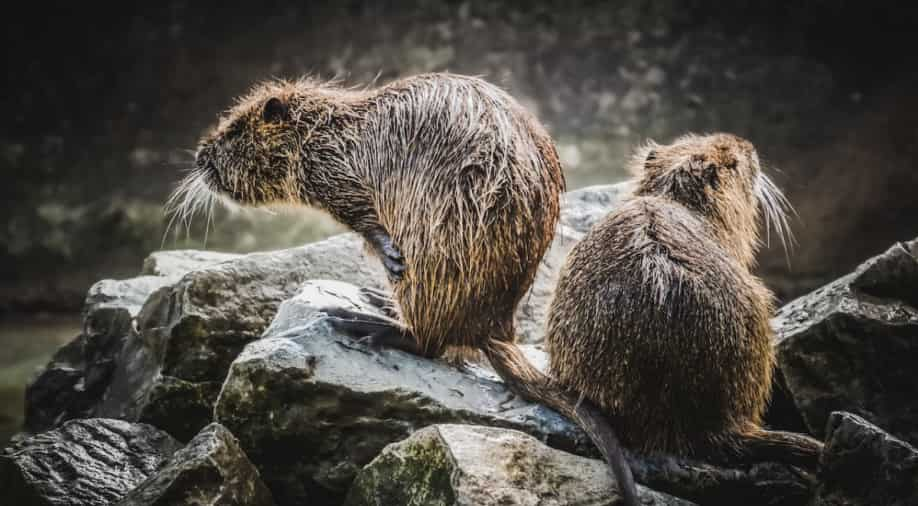400,000-year-old twist: Beavers were on food menu for early humans, reveals study
Story highlights
The misconception was due to the lack of well-preserved remains from small mammals and plants. And because of this, until now, it was a prevalent belief that early archaic humans primarily subsisted on larger animals.
New evidence has surfaced challenging age-old assumptions about early human diets, often referred to as hominins, which had until now suggested that meat from large animals was a significant part of their meals. Hominins were hunters and gatherers, but their diets included more than just hunting large animals for food and turns out beavers were on the food menu as well.
A joint study by researchers from Johannes Gutenberg University Mainz (JGU), the Leibniz Zentrum für Archäologie (LEIZA), and Leiden University, published in Scientific Reports, suggested that around 400,000 years ago, early humans not only hunted but also skillfully processed and consumed beavers.
It is now throwing light on a previously overlooked diversity in the culinary choices of early humans.
trending now
Misconception and new evidence
The misconception was due to the lack of well-preserved remains from small mammals and plants. And because of this, until now, it was a prevalent belief that early archaic humans primarily subsisted on larger animals.
However, bones from 94 beavers found in a 400,000-year-old hominin site in Bilzingsleben, Germany, exhibited cut marks attributed to stone tools. This unveiled that stone tool could have been used for the intricate processing of beaver carcasses by early humans.
The ability to hunt and consume meat from large animals is often associated with the development of tools, such as spears and later, more sophisticated hunting technologies.
It's important to note that the exact composition of early human diets would have varied depending on factors such as geographic location, climate, and available resources. Over time, as humans developed agriculture, there was a shift towards a more varied diet that included domesticated plants and animals.
Also Read | How (in)effective are Vitamin D supplements in children? Biggest-ever clinical trial finds out
The majority of these remains found as evidence in the study, primarily young adult beavers, pointed to a deliberate strategy of targeting inexperienced yet fully grown, fat-rich animals, challenging prior assumptions about early humans' dietary habits.
Also Read | Wine tasting with AI? Scientists achieve spirited breakthrough in Artificial Intelligence domain
The cut mark distribution also suggested a focus on beaver skins, highlighting the multifaceted use of these animals by our ancient ancestors.
Watch | Dinosaurs may have influenced human aging: Know How
Study authors stressed on the importance of this discovery, with Professor Sabine Gaudzinski-Windheuser noting, “The Bilzingsleben beaver exploitation evidence demonstrates a greater diversity of prey choice by Middle Pleistocene hominins than commonly acknowledged, and a much deeper history of broad-spectrum subsistence than commonly assumed.”
(With inputs from agencies)

















